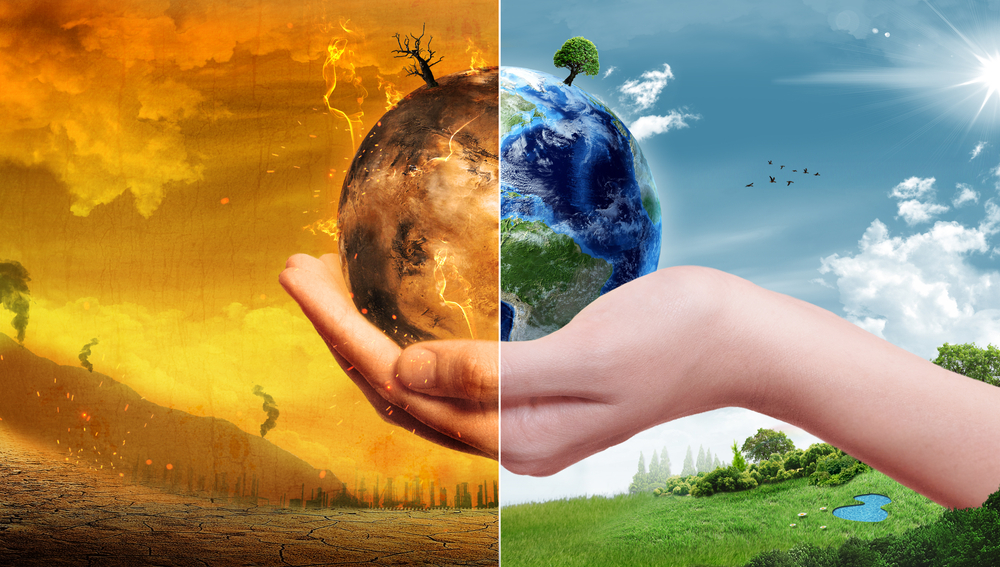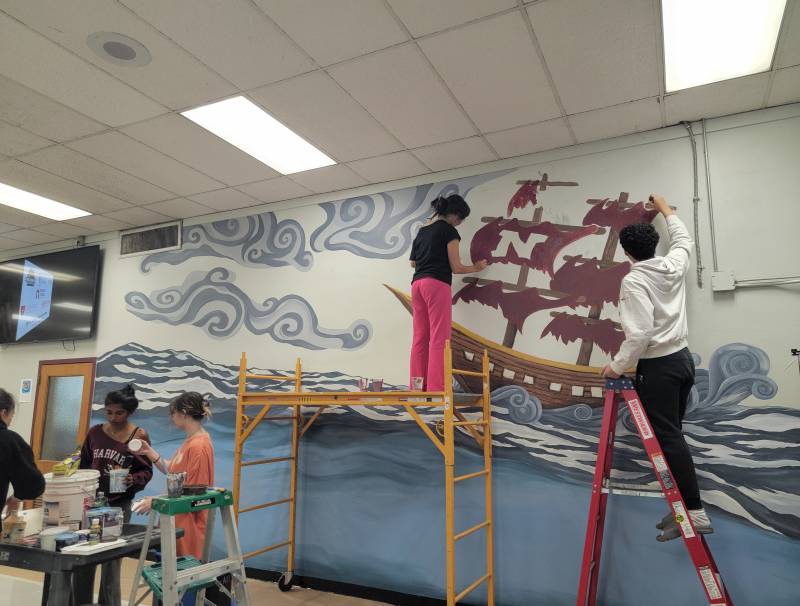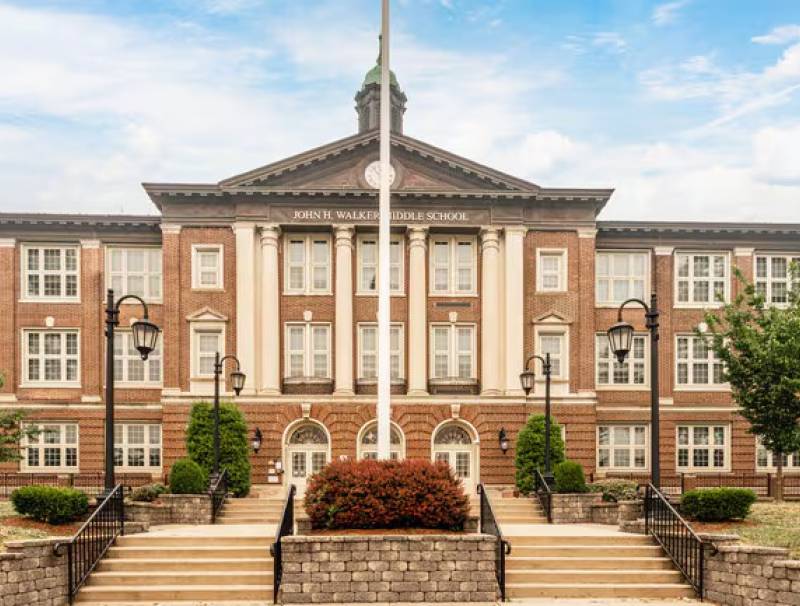Climate Change: Putting All at Risk
What is your first thought when you think of climate change? The earth’s atmosphere is heating up. Animals are becoming extinct from losing their homes. Sea levels are rising. Going deeper into the ocean, the coral reefs are affected by ocean acidification. Agriculture is suffering from shifting weather patterns. The warm, polluted air affects our health. The bigger question is, what could be causing all this harm on the planet?
Climate change is the rise in the Earth's surface temperature; another name for it would be global warming. The Earth's climate is continuously changing. Sometimes, it has been colder or even warmer than the current climate. People who study the Earth have seen its temperature go up 1.62 degrees Fahrenheit over the past 100 years. One degree doesn't seem that much, but all of these small changes add up leading to severe effects in which some are already being seen.
The Earth's temperature is not the only concern here. The ice sheets in Greenland have decreased in mass, stated from NASA’s Gravity Recovery. Greenland has lost 286 billion tons of ice year from 1993 to 2016. Antartica has the same issue, losing about 127 billion tons of ice every year. The ice loss has tripled in the last decade stated by NASA's Global Climate Change research. Relating to ice sheets melting the sea level has risen eight inches through the last century. The ocean’s surface water has acid in it that has increased by 30 percent from the start of the Industrial Revolution. Focusing on the weather, such as precipitation, hurricanes, and droughts their intensity has grown and will continue to, becoming very severe. An article by NASA about Climate change states, “projections of future climate over the U.S. suggest that the recent trend towards increased heavy precipitation events will continue.” The frequency of the strongest hurricanes has all increased from the early 1980s, as the climate becomes warmer rainfall and storm intensity are to rise.
The World Wildlife Fund states that, “as climate change worsens, dangerous weather events are becoming more frequent or severe. People in cities and towns around the United States are facing the consequences, from heat waves and wildfires to coastal storms and flooding.”
Most scientists have said the cause of climate change is sourced from humans expansion of the greenhouse effect, warming that happens when the Earth's atmosphere traps heat coming from Earth towards space. The specific types of gases in the atmosphere block heat from escaping. The most important greenhouse gas is Carbon dioxide, which is released by human activities such as “deforestation and burning fossil fuels, as well as natural processes such as respiration and volcanic eruptions,” stated by NASA’s Global Climate Change article.
The effects of climate change are life-threatening to both humans and animals; due to this global issue it can and has put animals in danger, some have gotten close to extinction, which affects species that are above the food chain. According to many researchers, including those at the World Wildlife Fund, around the world, animals are being affected no matter where they are. Animals “From polar bears in the Arctic to marine turtles off the coast of Africa, our planet’s diversity of life is at risk from the changing climate.”








